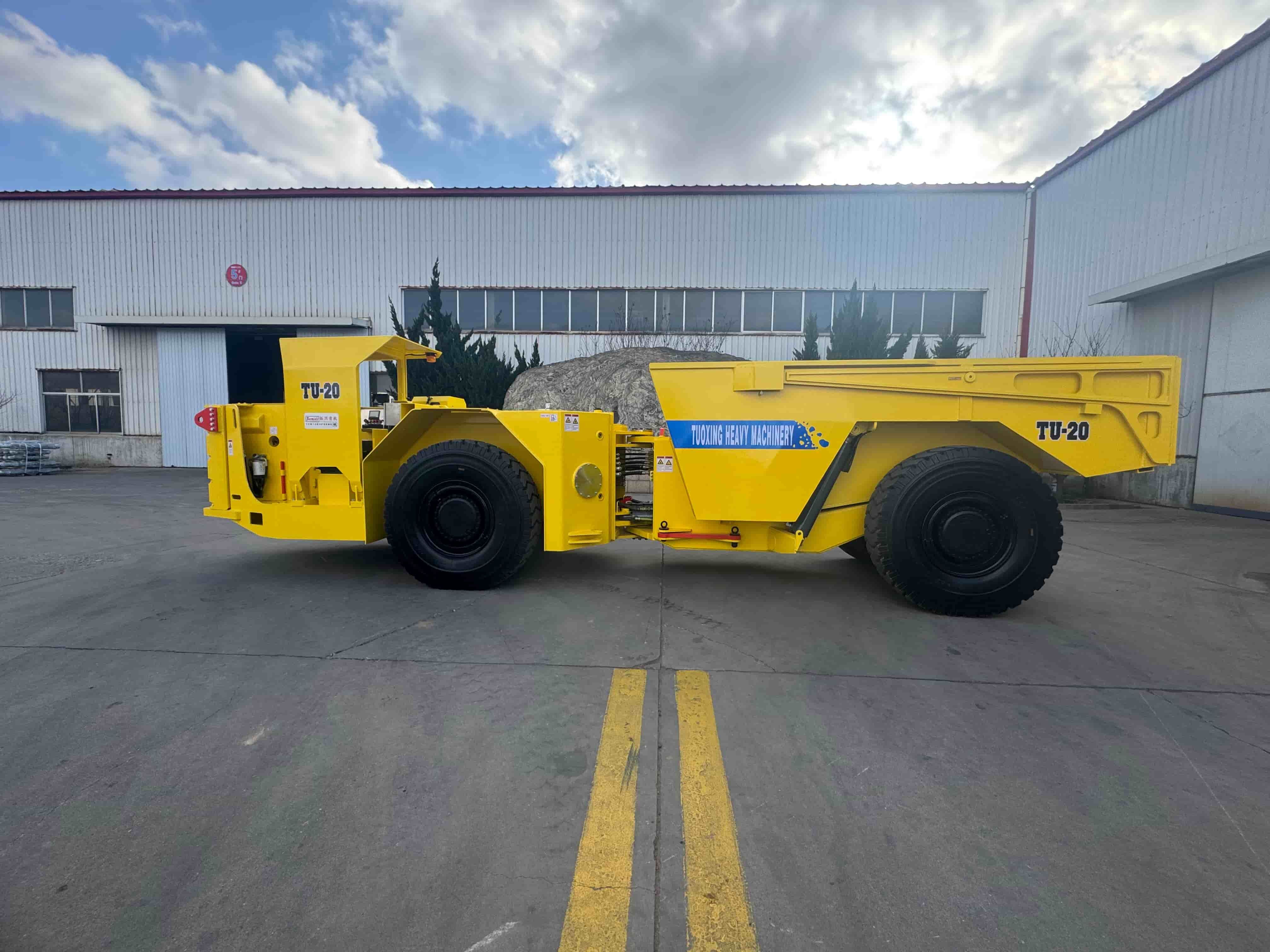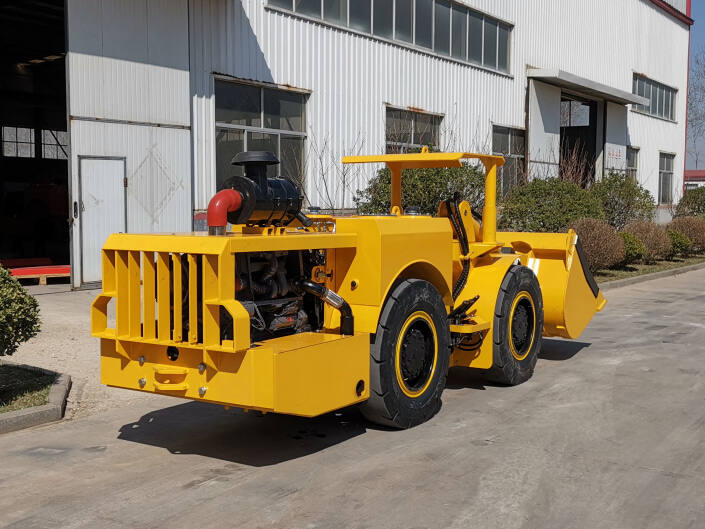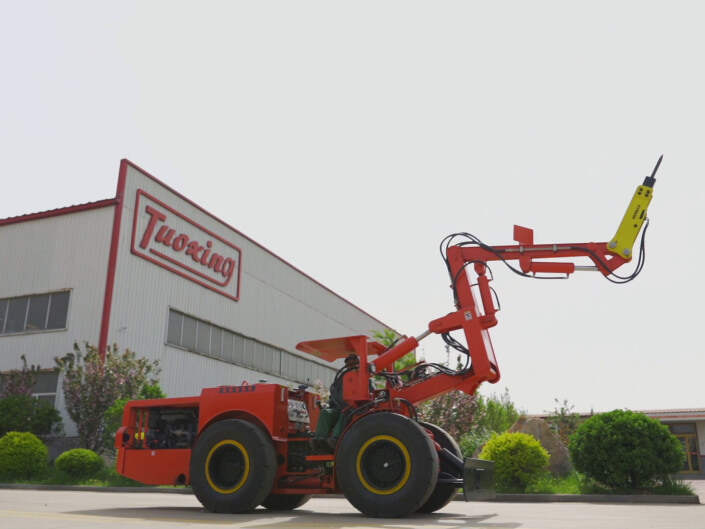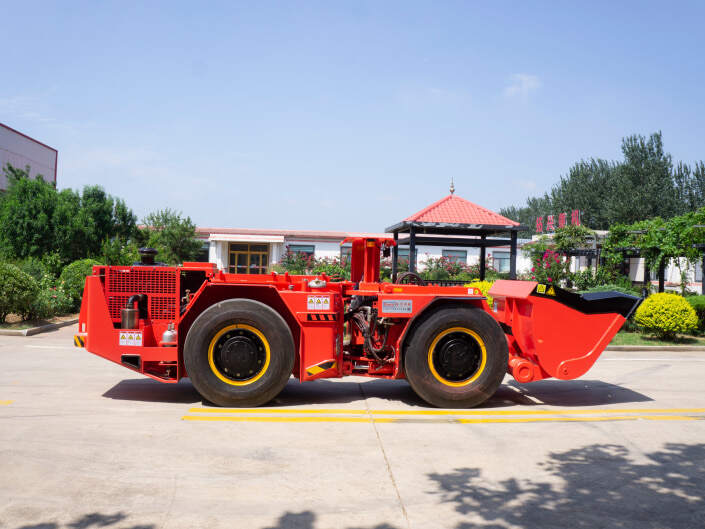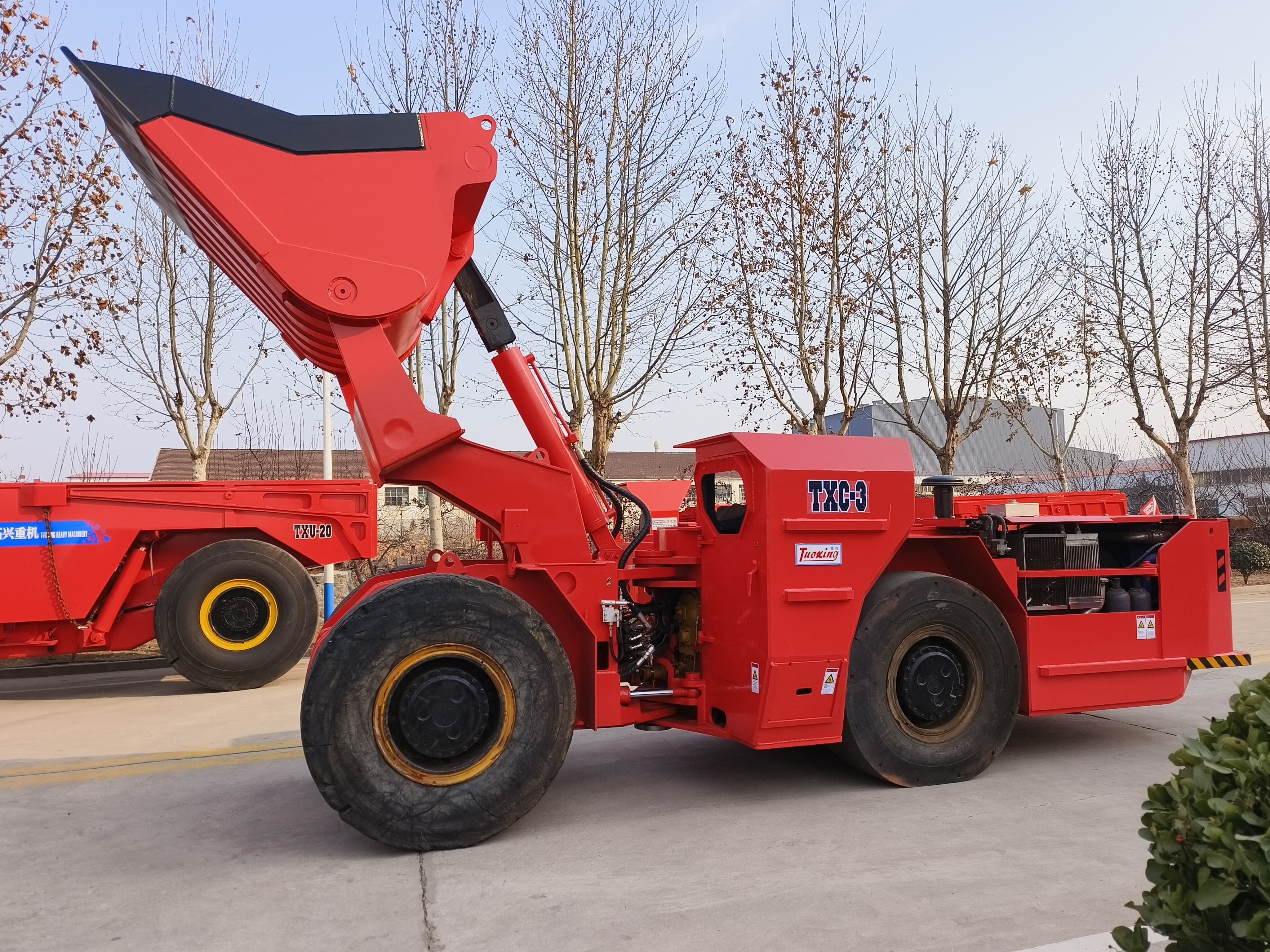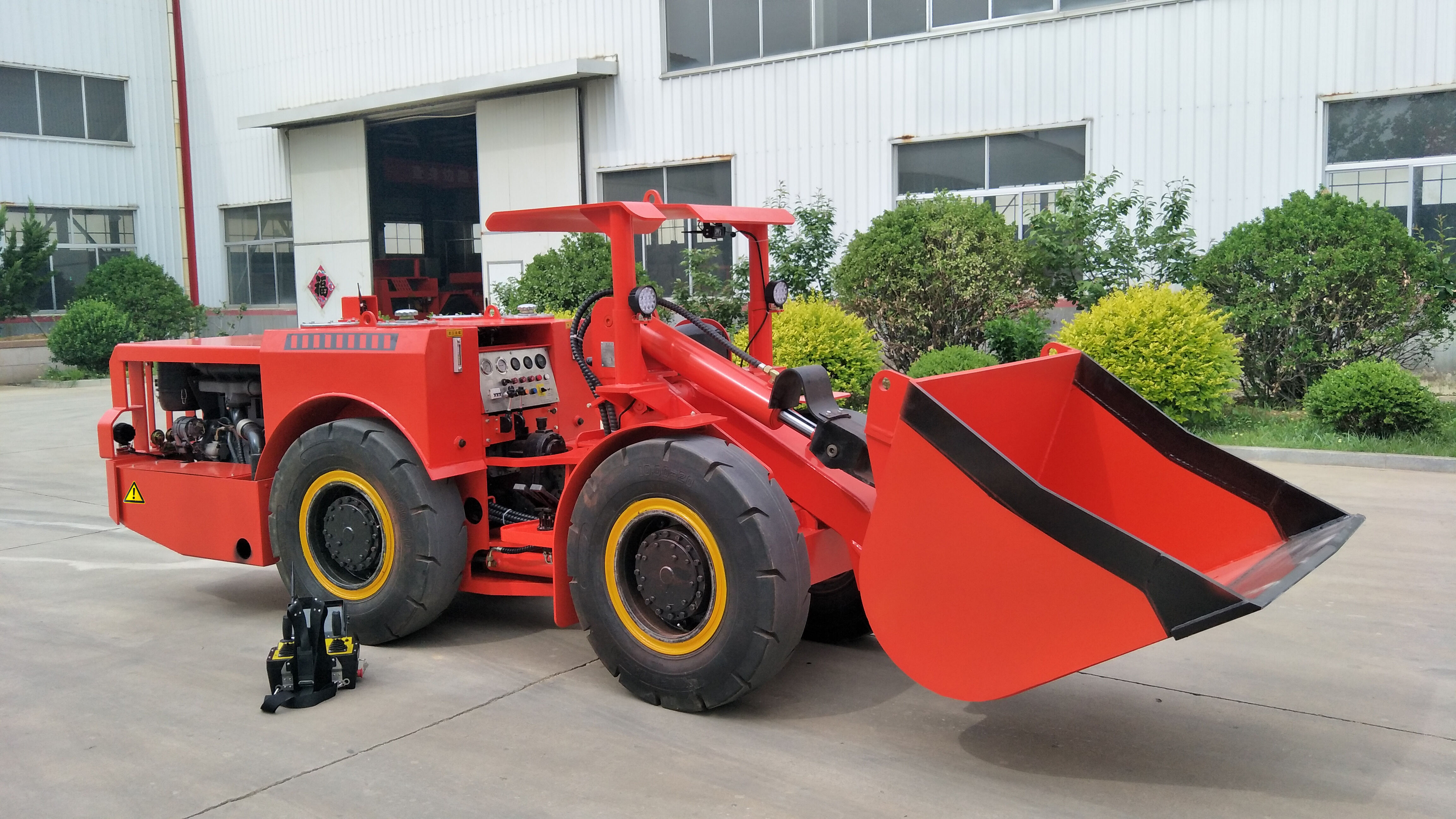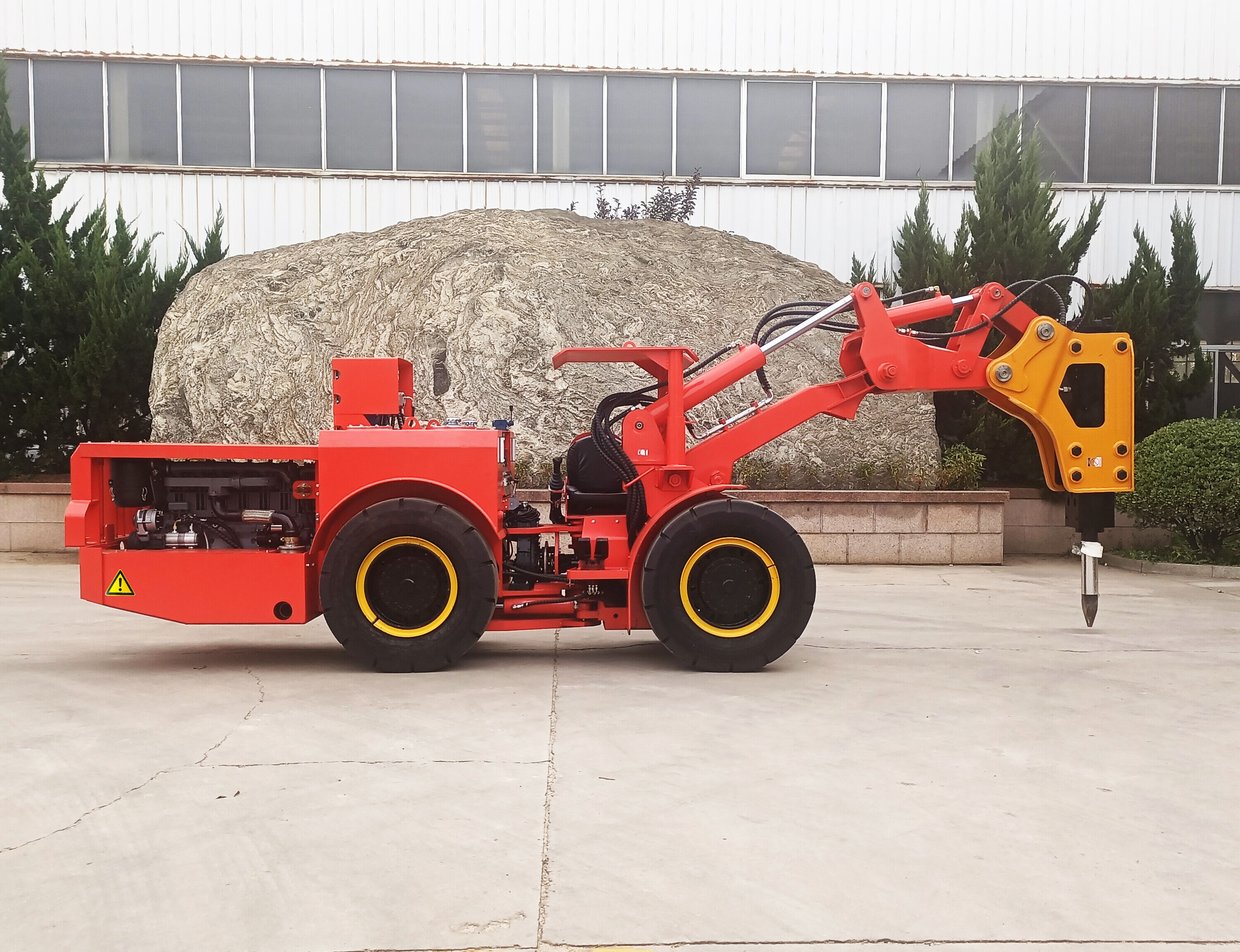surface and underground mining
Surface and underground mining represent two fundamental approaches to mineral extraction, each serving distinct purposes in the mining industry. Surface mining, also known as open-pit mining, involves removing earth and rock to access mineral deposits near the surface. This method employs large equipment like excavators, haul trucks, and drilling machines to systematically extract resources layer by layer. The process includes overburden removal, mineral extraction, and often involves benching techniques to maintain stability. Underground mining, conversely, accesses deeper mineral deposits through vertical shafts, inclined tunnels, and horizontal passages. This method utilizes specialized equipment designed for confined spaces, including continuous miners, longwall machines, and roof bolters. Modern underground mining incorporates advanced ventilation systems, ground support technologies, and automated equipment for enhanced safety and efficiency. Both methods benefit from technological innovations such as GPS guidance systems, remote operation capabilities, and real-time monitoring equipment. These mining approaches are selected based on factors including deposit depth, geological conditions, environmental considerations, and economic viability. The integration of digital technologies has significantly improved productivity, safety standards, and resource recovery rates in both surface and underground operations.

